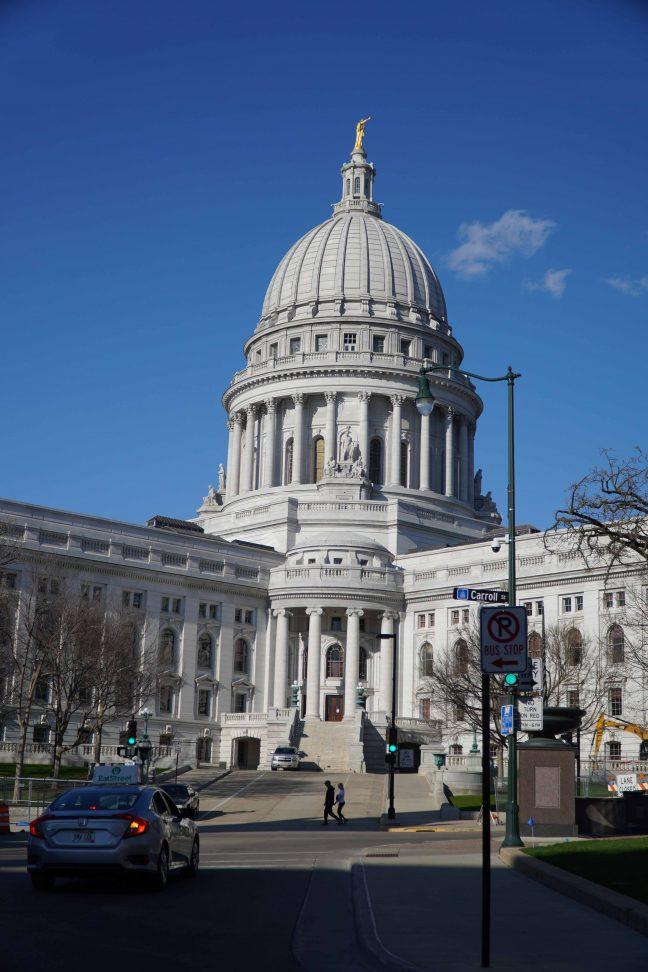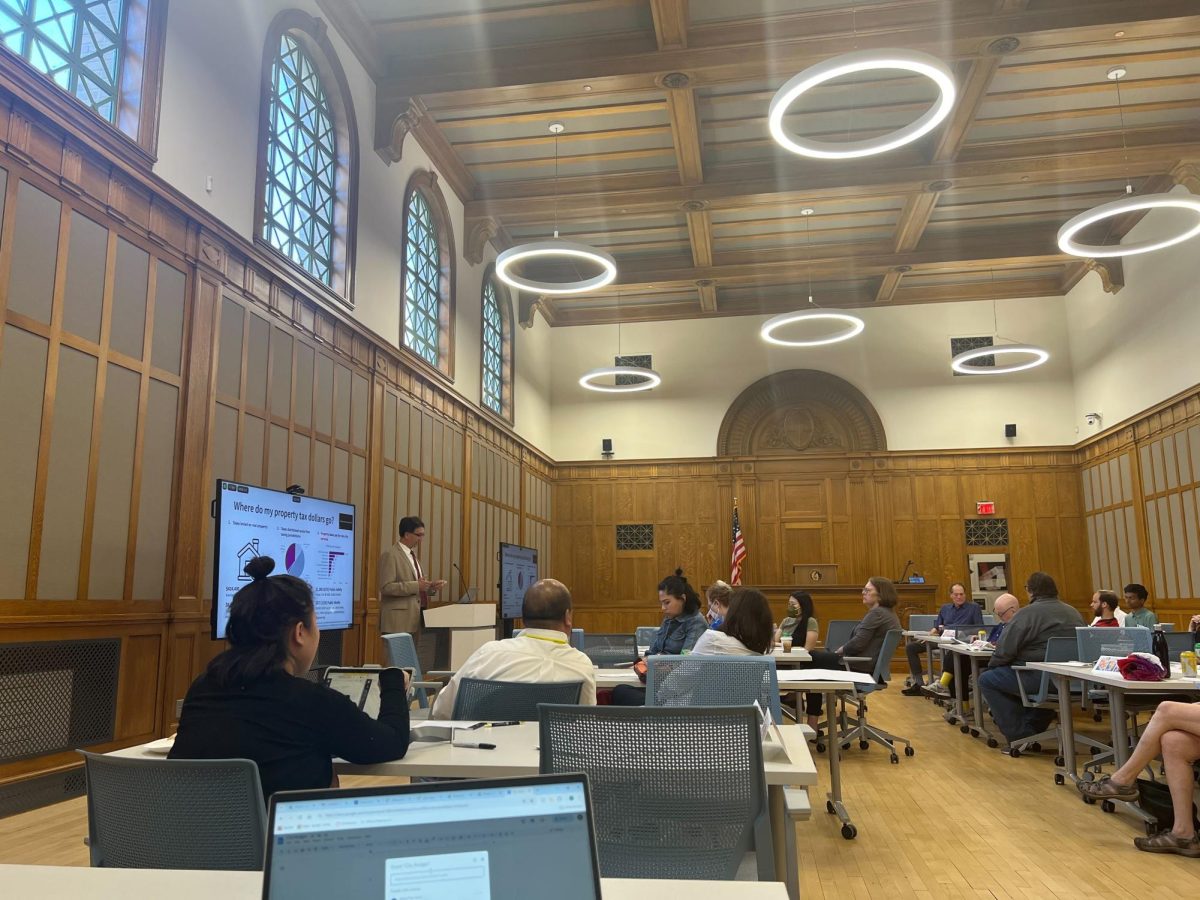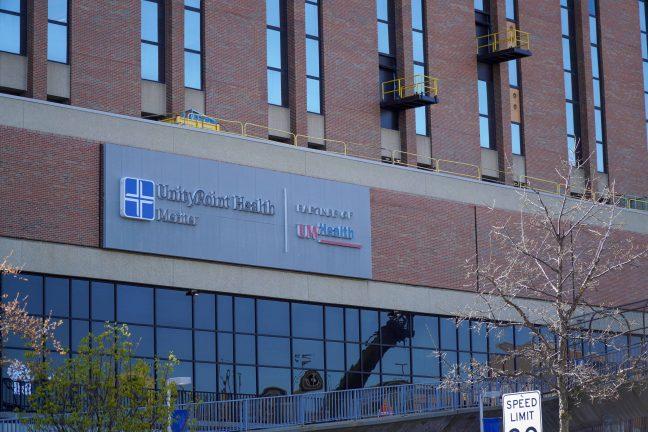Technological advances, the city’s political atmosphere and an influx of students contributed to a record number of people riding the Madison Metro buses in 2011, up more than 10 percent from 2010 at nearly 15 million people.
At the highest number since 1970, 14,923,970 people rode approximately 160 buses last year, which, according to Metro Transit, makes a case for Madison to invest more in the bus system.
Metro Transit Marketing Director Mick Rusch said Metro Transit is in the midst of hiring more bus drivers to keep up with the increased ridership.
Rusch said ridership increases dramatically when class is in session. Rusch also cited the protesters as a contributor to Metro’s increased ridership, as 10 percent of the increase can be attributed to last spring’s protest.
Rusch said ads in student newspapers, messages on the Metro Transit website, email alerts and Twitter announcements also led to greater knowledge of the accessibility of the bus system.
Madison followed a national trend, as public transportation saw a 2 percent spike in participation throughout the country, Rusch said.
“Madison’s record year should mostly be explained by the embracing of technology,” Rusch said.
Last year, Rusch revealed, Metro Transit employed the University of Wisconsin’s Division of Information Technology to design a smartphone application for students. The program, part of the larger Mobile UW application, allows students to locate the nearest bus stops.
Another application Madisonians use in their daily commute is BusRadar, which provides real time bus departures and locations. According to the BusRadar website, the application was part of a University of Wisconsin computer science class project.
“Computer programs like Google Maps, BusRadar and Mobile UW take away the mystery of where the bus is,” Rusch said. “By taking away the mystery, more people are willing to ride the bus.”
The Metro Transit call centers are no longer filled with questions of where to find a bus as more and more people have used technology to keep an eye on bus routes, Rusch said.
UW students also took advantage of the unlimited rider pass program, which started in 1996, Rusch said. This year, a new program that allows professionals to easily charge their place of work for bus fares came into being, Rusch said.
UW economics professor Andrew Reschovsky said the increase in ridership could be a sign that the economy is improving. Reschovsky said more people may have jobs downtown, leading to an increased amount of people who need to ride the bus.
Reschovsky also said since the government funding of Metro Transit does not completely cover the costs, the more people who ride bus routes, the more efficient taxpayer dollars become.
Rusch said Metro Transit not only contributes to the economy by hiring new drivers, it also helps the environment by utilizing 19 hybrid buses with reduced carbon emissions.
On average, people save $807 per month by taking a bus, Rusch claimed.
“Bus riders don’t have to worry about paying for gas, there is less hassle, you don’t have to worry about parking and, in short, the bus is an easier way to get around,” Rusch said.

















